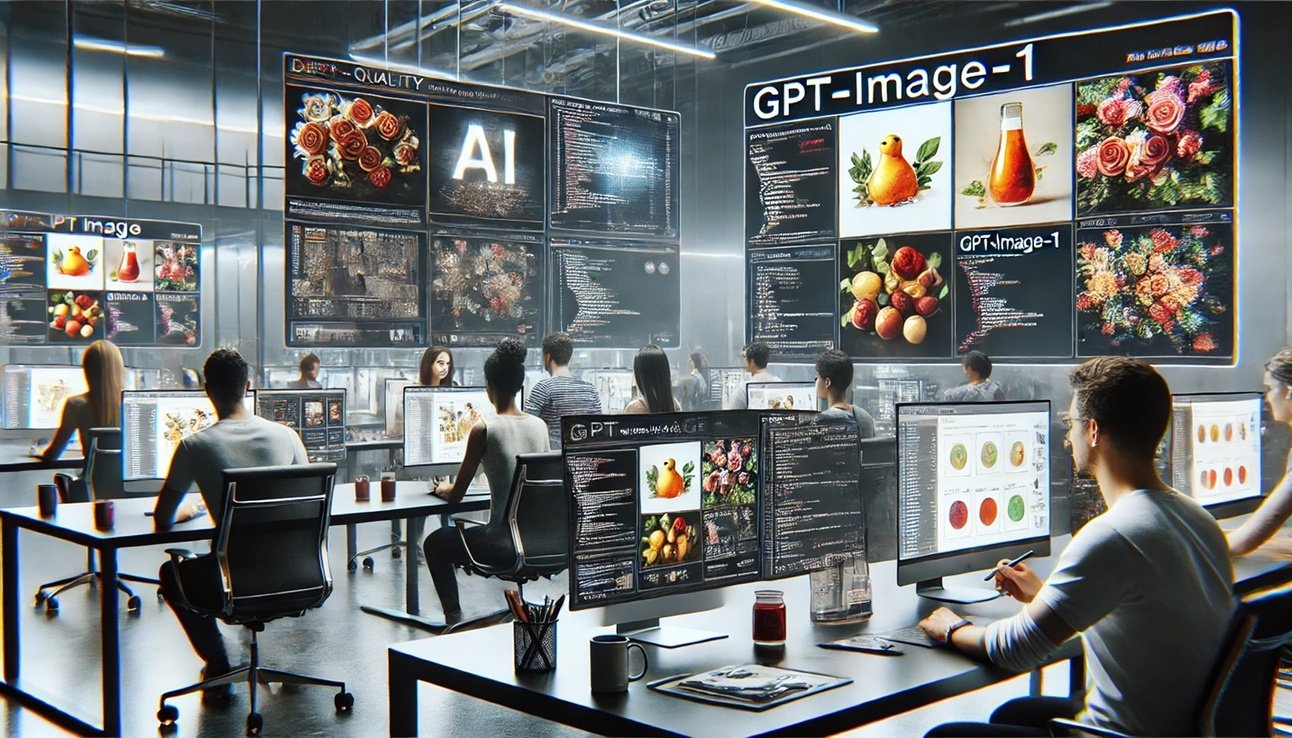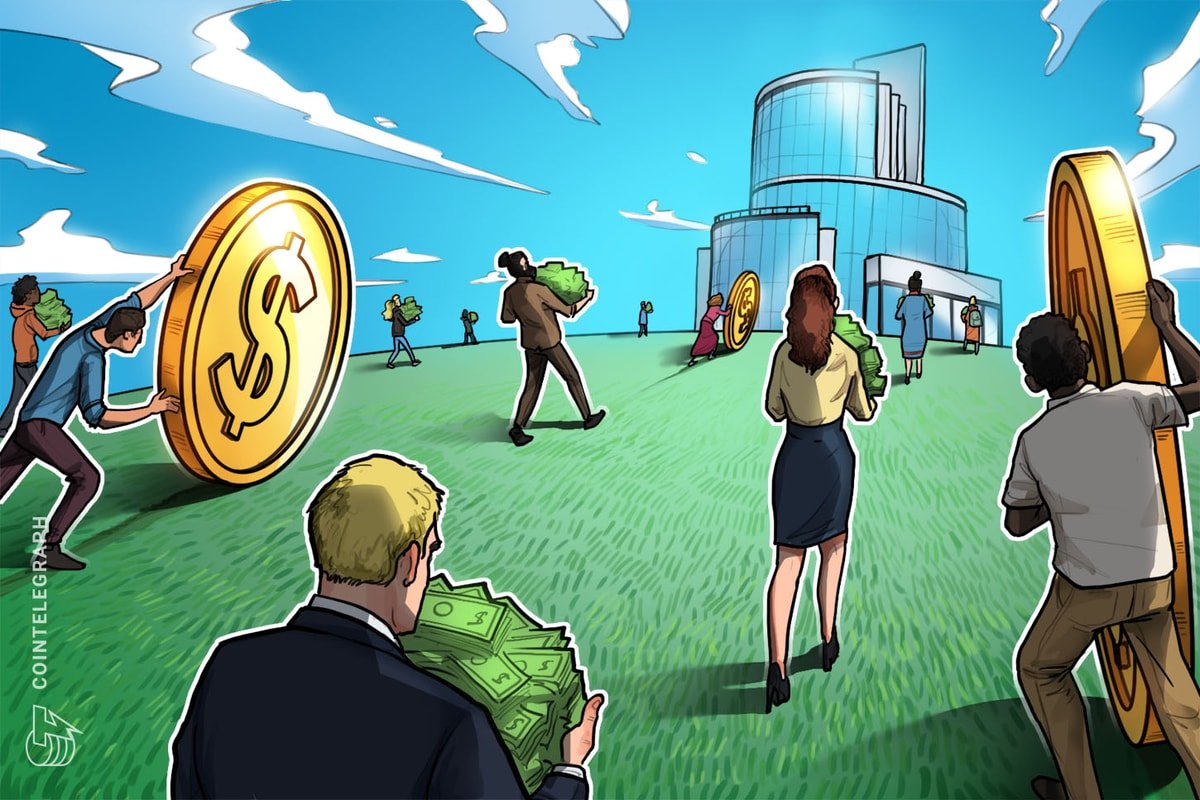
Following the explosive popularity of image generation in ChatGPT, Openai has released its latest visual AI model, GPT-Image-1, into its API, providing developers and businesses with direct access to advanced image creation tools. This move expands Openai’s multimodal capabilities, unlocking new possibilities across the industry, from design to e-commerce.
High Demand Refuels New API Releases
Openai first introduced image generation at ChatGPT last month. Over 700 million images were created by over 130 million users in the first week alone. The same basic technology, currently optimized for a wealth of visual output, is available for integration via the image API.
GPT-Image-1 can generate professional grade images in a variety of styles, accurately render text according to detailed instructions, and incorporate world knowledge into its creation. These strengths make them a versatile engine for real-world applications in product design, branding, education, marketing, and more.

Industry leaders begin adopting technology
Several major companies are already looking for ways to embed GPT-Image-1 into their platforms.
-
Canva It transforms rough sketches into sophisticated design elements, allowing for complex visual editing via Magic Studio.
-
Godaddy A pilot of image generation for logo creation, background removal, and brand typography. Through the new GoDaddyAiro® experience, the company is also working to enable its customers to generate social media posts and marketing assets that reflect their brand identity.
-
hubspot We evaluate marketing and sales collateral models to enable users to create visuals for social graphics, email marketing images and landing pages without the need for design expertise.
-
Instacart Testing image generation for recipes and shopping list visuals.
-
Invideo Integrate models to enhance video creation, improve text-to-image generation, control over editing, and enhanced stylistic guidance.
Safety and moderation control
Openai builds safety on the foundations of GPT-Image-1. This model includes content safeguards similar to content safeguards in the GPT-4o imaging system, embedding C2PA metadata into all images. Developers can also use mitigation parameters to manage mitigation rigor with default, low, or customized sensitivity levels.
Importantly, Openai does not train customer API data and all usages are subject to the company’s API policy.
The API uses a token-based pricing model.
-
Text Prompt: $5 per million token
-
Image input: $10 per million token
-
Image output: $40 per million token
These rates usually convert from about $0.02 to $0.19 per image, depending on the quality and size. Full price details are available in the Openai documentation.
Developers can get started by accessing the model through the Images API, and immediate availability is achieved through the Responses API. Some organizations may need to complete the verification process to enable use.
To explore what a model can be, developers can try it out in the playground and follow a step-by-step image generation guide for best practices and integration tips.
With GPT-Image-1 now accessible through APIs, Openai extends its powerful creative tools to the broader developer ecosystem, allowing for rapid innovation in visual content generation. From AI-powered design assistants to dynamic marketing tools, this release reduces the barriers to producing high-quality visuals at scale.
This is also an important step towards mainstream adoption of multimodal AI in enterprise and consumer applications. Developers can now build a richer, more intuitive user experience that seamlessly combines text and image generation. Open new creative workflows and reduce the need for individual design tools.
When visual AI is embedded in everyday software, the boundaries between human imagination and automatic execution are thinner, and the future of design becomes quick and fast.
Editor’s Note: tHis article was created by Alicia Shapiro, CMO of AINEWS.COM, and provided support for writing, images and idea generation from AI assistant ChatGpt. However, the only final perspective and editorial choice is Alicia Shapiro. Thank you to ChatGpt for your research and editorial support in writing this article.


